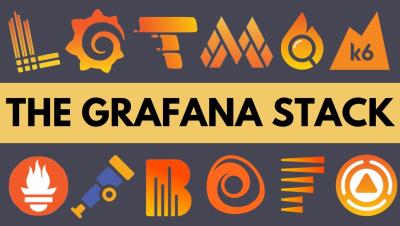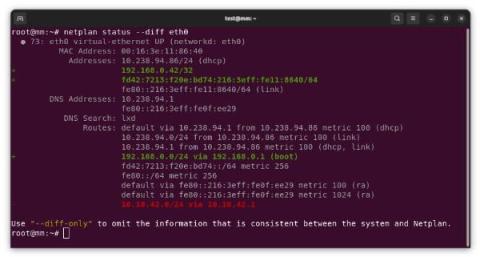How To Harness the Full Potential of ELK Clusters
The ELK Stack is a collection of three open-source projects, Elasticsearch, Logstash, and Kibana. They operate together to centralize and examine logs and other types of machine-generated data in real time. With the ELK stack, you can utilize clusters for effective log and event data analysis and other uses. ELK clusters can provide significant benefits to your organization, but the configuration of these clusters can be particularly challenging, as there are a lot of aspects to consider.











